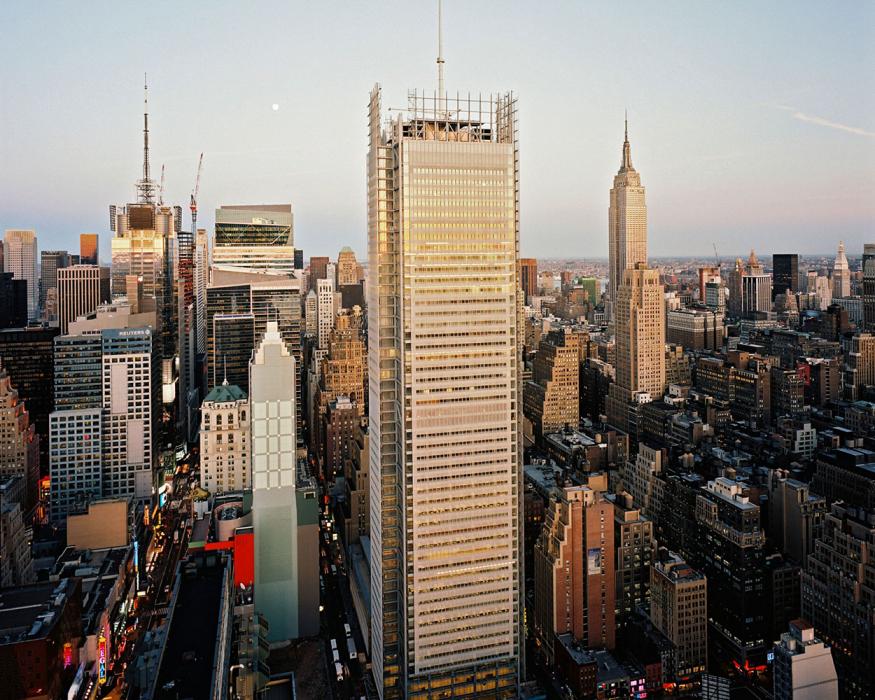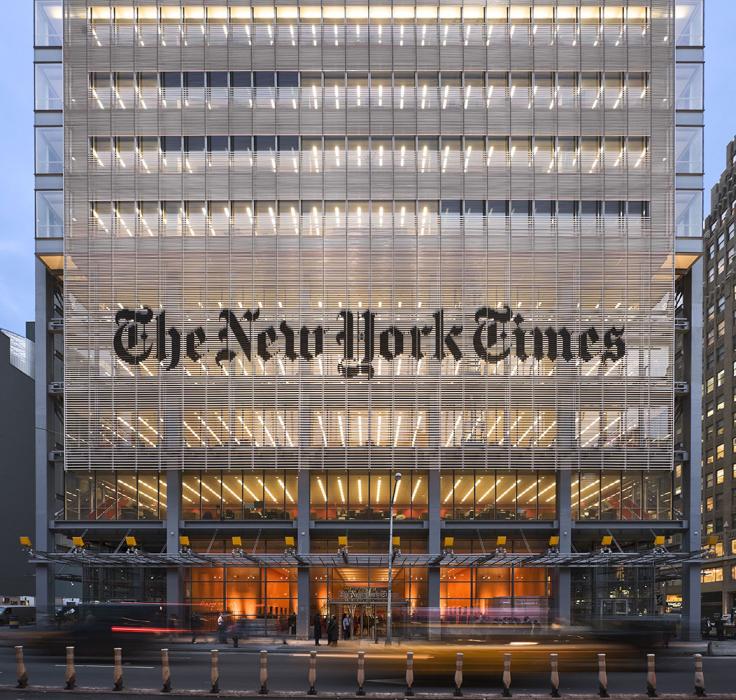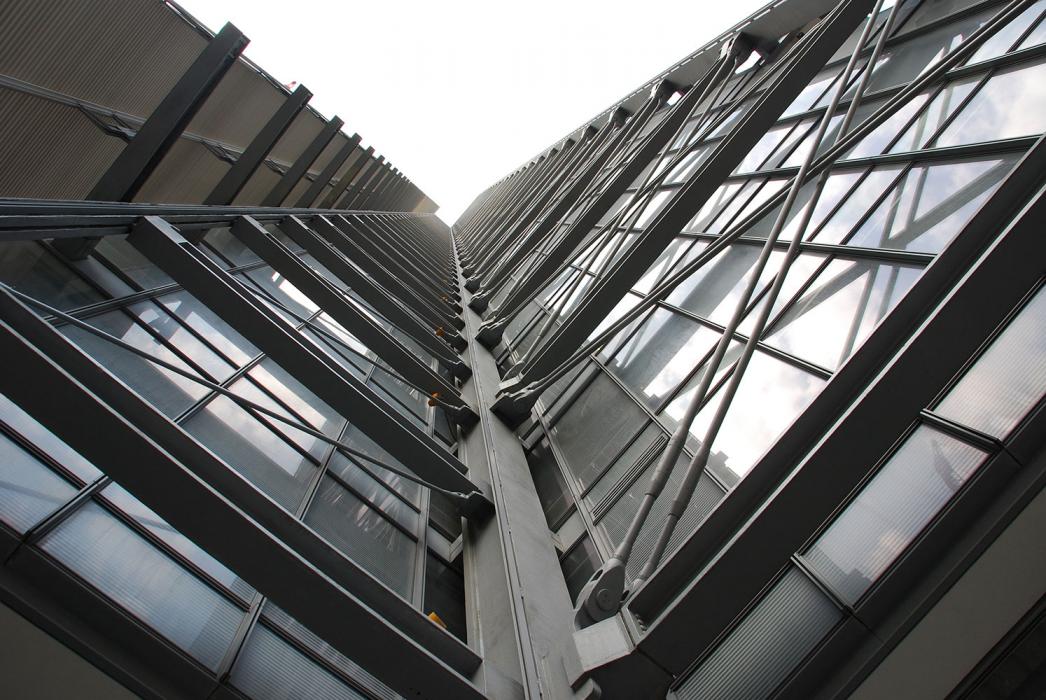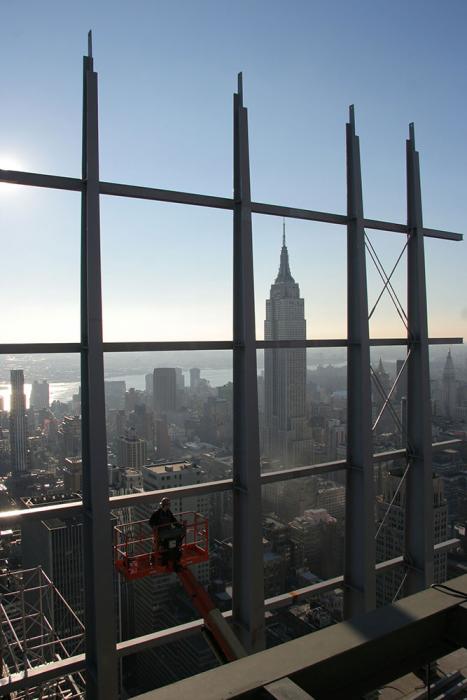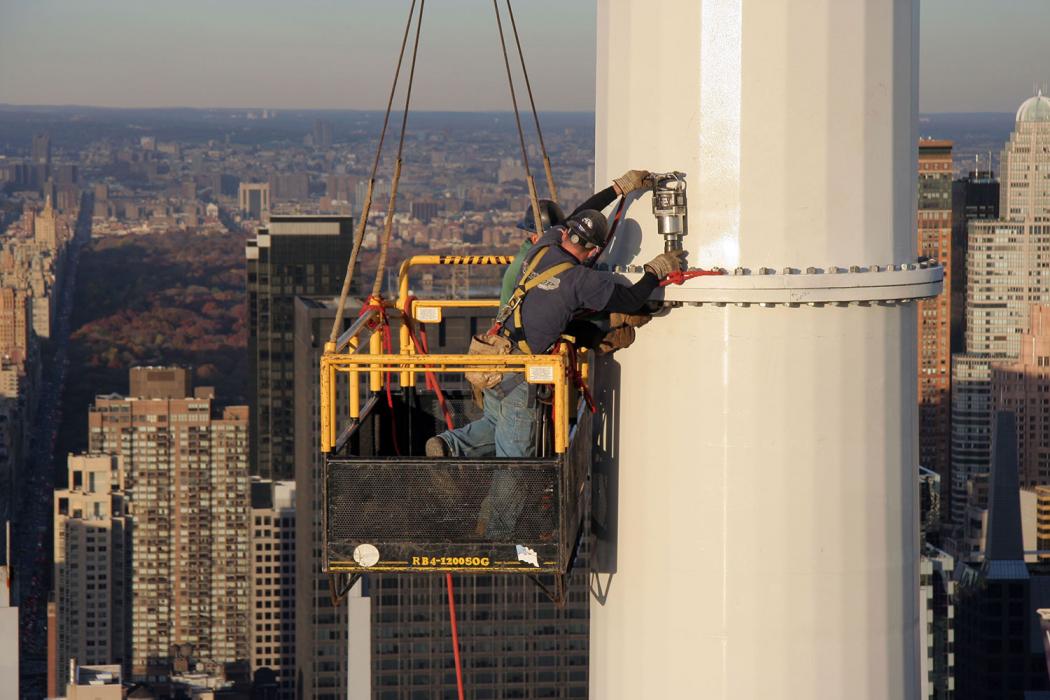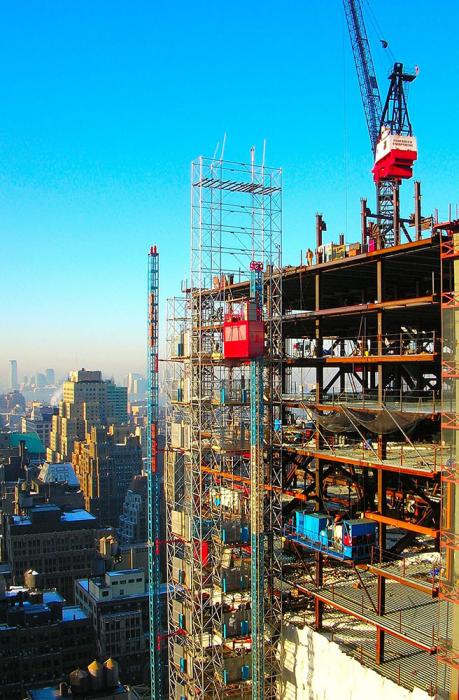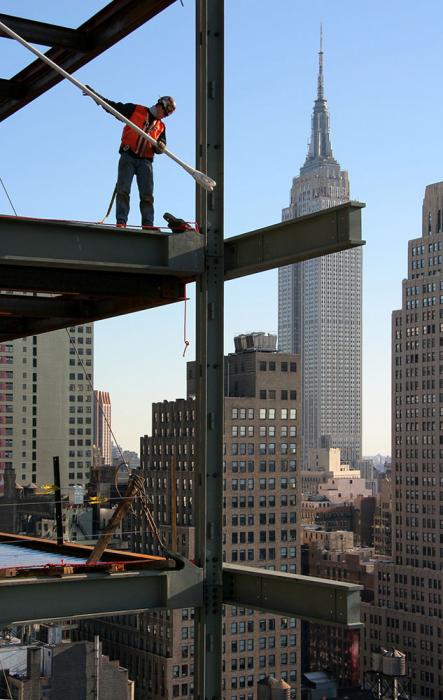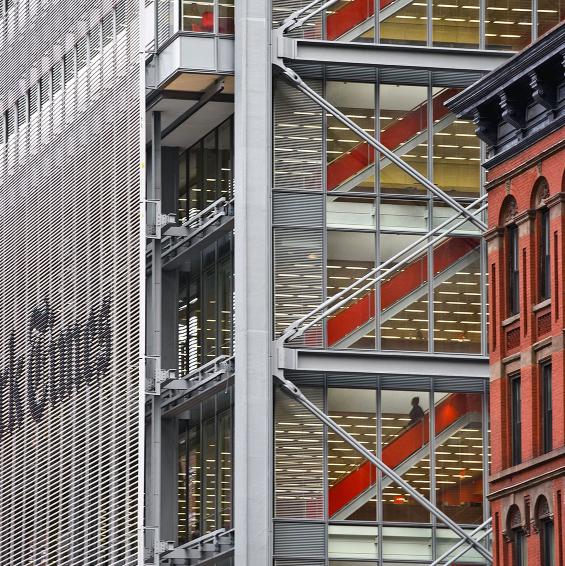
Highlights
-
Coupled with low-emissivity glass and the “sunscreen” effect of the ceramic rods, the façade design reduces heating and cool load while, admitting abundant natural light into all floors.
-
Use of two small-diameter X-braces, instead of one large one, contributes to lighter appearance of the exoskeleton.
-
Outrigger trusses even out and limit deflection from thermal differentials up to 140 degrees F.
-
Our structural design achieved no columns interrupting the storefronts from the ground to the second floor.










